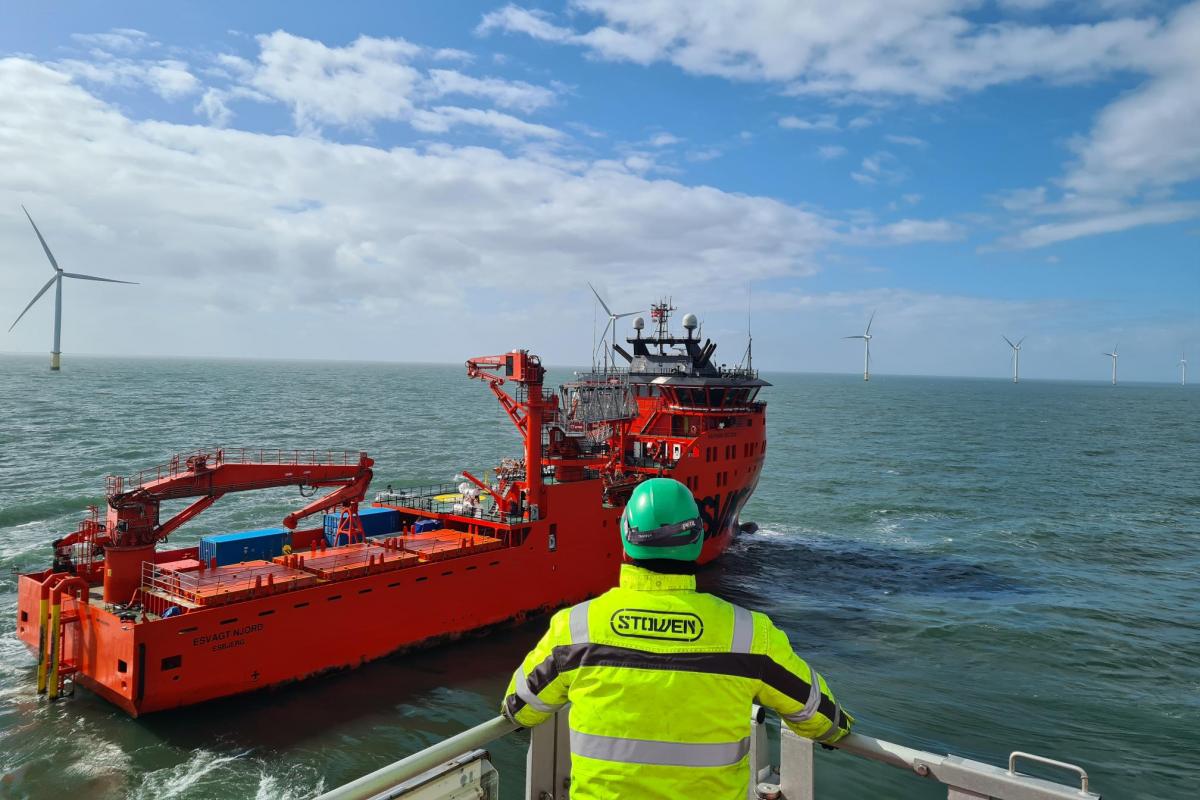Denise Hone, chair of EastWind, says the East of England has a key role in achieving the UK’s clean energy targets.
Clean Power 2030 is the government’s action plan to overhaul our energy network to rely on clean and renewable generation sources, as well as upgrade our outdated grid, to help us reduce carbon emissions, increase energy security and prepare us for further energy demand in the 2030s and 40s.
The East of England has a critical role to play in this transition, hosting some of the nation’s largest generation assets, and as such, has an overwhelming need for a skilled workforce to deliver these projects.
EastWind, the eastern region’s offshore wind cluster, recently published the ‘Powering the Future 2030’ report in collaboration with Opergy, outlining the region’s workforce needs for offshore wind up to 2030.
The key headlines show that we need more than 6,500 new job roles across a range of disciplines, including 1,699 in project management and engineering, 1,120 in mechanical and turbine technicians and 580 in civil construction, among others.
Without urgent and coordinated action, projects may face delays or inflated costs, employers may need to import labour, local people could miss out on opportunities, and regional supply chain growth could stall.
The report calls for the government to increase funding for instructors, enable transition pathways for mid-career workers, and reform the Growth and Skills Levy to better support the energy transition.
It also calls for industry to expand apprenticeships and graduate schemes, and for education providers to align curricula to forecast demand, as well as promoting offshore wind careers as a career of purpose.
Denise Hone, chair of EastWind(Image: EastWind)
So, what solutions are already in place to assist developers, supply chain and individuals in getting into the right roles for them?
The EastWind website signposts career resources, broken down by region, showing members’ apprenticeships and graduate schemes, educational courses such as T-Levels and university degrees, and different educational providers in the region.
Additionally, the member directory and sector profile pages allow users to browse the members and individuals in the cluster, providing website and contact details – a great starting point for those looking to break into the sector or retrain.
Opergy’s Energy Skills Intelligence Hub is an invaluable tool for developers, training providers and researchers to forecast future skills needs. This tool can help to align policy, training courses, apprenticeship programmes and more with the needs of the region.
Finally, the UK also launched the Energy Skills Passport this year, and while still in its beta phase, it invites users to register their skills, job history and experience, and then facilitate the next step of their career, allowing workers to transfer with ease between careers and sectors.
With 2030 right around the corner, now is the time for action. We need all of these resources to be promoted, utilised and implemented to weather the storm of the next five years and stay on track for Clean Power 2030..
For more information about EastWind, please visit ewoc.co.uk
To view the ‘Powering the Future 2030’ report, visit opergy.co.uk/eastwind-powering-the-future-2030
This story is also published in Insight Energy magazine, covering the latest news from the UK’s energy sector. Read the latest edition here.
